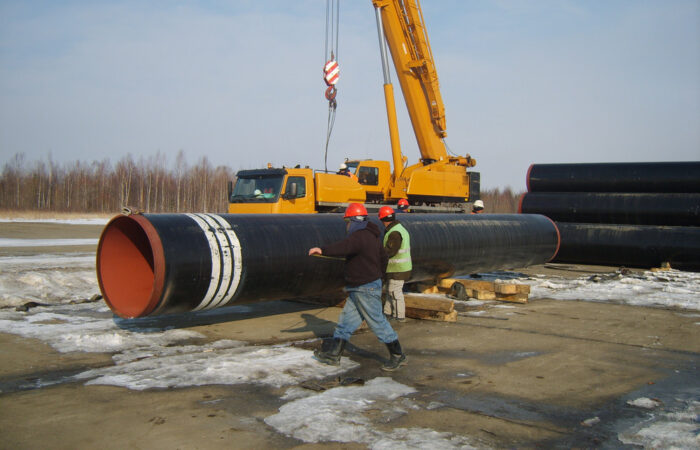The silent film era was a transformative period in cinematic history, marked by innovative filmmaking techniques and the creative use of technology such as the camera crane. These early tools of the trade allowed filmmakers to capture scenes in new and dynamic ways, offering audiences a perspective that transcended traditional static shots. As the film industry burgeoned, the role of camera jibs grew in significance, becoming a staple in many silent film productions and continuing to be essential to filmmaking today.
Lifting the Lens: Magnified Movie Magic
Camera boom technology enabled filmmakers to convey a sense of scale and grandeur that was otherwise difficult to achieve with stationary cameras. Camera cranes date back to the early 1900s during the dawn of movie-making and were frequently employed to magnify the epic nature of large sets and massive crowds, according to LinkedIn. In films depicting battle scenes or large cityscapes, jibs allowed filmmakers to move the camera seamlessly over expansive settings, immersing viewers in the broad expanse of the virtual world being created on screen.
Gliding Through Drama: Cranes as Storytelling Engines
Beyond providing a bird’s eye view, camera booms were crucial in enhancing the narrative flow and dramatic tension in silent films. They enabled smooth transitions between scenes, offering directors the flexibility to tilt, pan, and track motion in a single shot. This dynamic movement was particularly impactful in emotional scenes, where a slow overhead crane shot could underscore the gravity of characters’ experiences or heighten suspense as it followed pivotal moments in the storyline. In an era without spoken dialogue, the visual language of camera movement played a crucial role in storytelling.
Pushing Boundaries: The Art of Visual Experimentation
The use of camera jibs also allowed for greater creative experimentation in silent films. Directors could indulge in ambitious visual compositions that had previously been impossible, pushing the boundaries of the medium to explore new artistic possibilities. These innovative approaches not only captivated audiences of the time but also laid foundational techniques that would influence future generations of filmmakers. The art of silent filmmaking thus became richer and more sophisticated due to the versatility and dynamism introduced by the camera jib.
Camera booms were indispensable in shaping the distinct visual style of the silent film era. By expanding the cinematic toolkit, they enabled filmmakers to craft narratives with unprecedented scale, movement, and emotional resonance. The legacy of these early innovations is felt today as filmmakers continue to build upon the techniques that were first explored during this formative period in filmmaking history.
Bring your next production to new heights with Skyline Crane Rental! Whether you’re filming sweeping shots or executing complex special effects, our expert team and state-of-the-art crane equipment will ensure your vision comes to life on screen.



